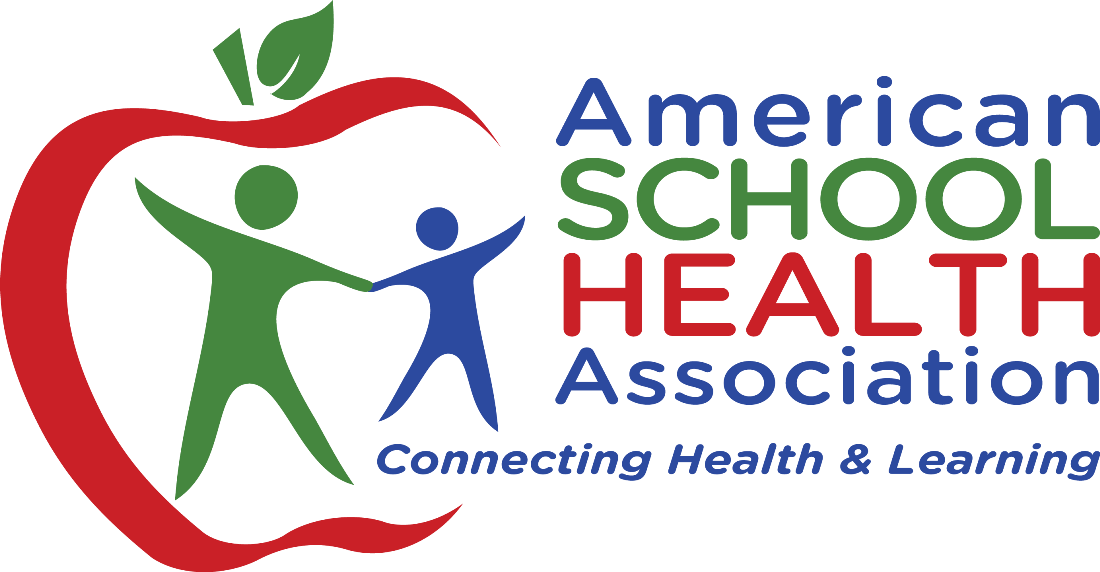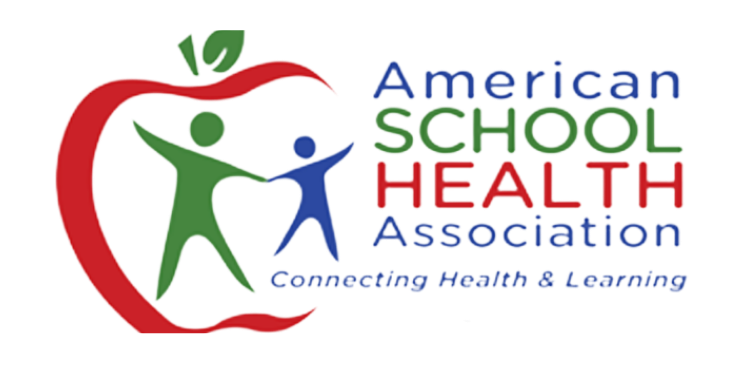Supporting Students With Free Meals Through Community Eligibility
Guest Blog by Food Research & Action Center (FRAC)
Community eligibility is a popular federal reimbursement option that allows high-poverty schools to offer all students breakfast and lunch at no cost, while eliminating the traditional school meal application process. In the 2016–2017 school year, more than 20,000 schools enrolling more than 9.7 million children benefited from community eligibility. Now is the time to see which school districts are eligible to implement or expand this exciting option. School meals are critical education supports, ensuring that students are well-nourished and able to focus and learn. An extensive body of research demonstrates the negative impact of hunger on students’ academic achievement and health outcomes. School breakfast, in particular, is linked to improved academic achievement and test scores, reduced behavioral referrals, and more favorable weight-related outcomes in the short and long terms when compared to students who do not eat breakfast.
School meals are critical education supports, ensuring that students are well-nourished and able to focus and learn. An extensive body of research demonstrates the negative impact of hunger on students’ academic achievement and health outcomes. School breakfast, in particular, is linked to improved academic achievement and test scores, reduced behavioral referrals, and more favorable weight-related outcomes in the short and long terms when compared to students who do not eat breakfast.
Offering free breakfast and lunch to the entire student body can transform a school’s culture by allowing students to enjoy school meals without feeling stigmatized. Schools that implement community eligibility frequently see participation increases in school breakfast and lunch, which means that more children are getting the nutrition they need to learn and thrive at school.
Call to Action:
- Find out if your school is eligible for this incredible opportunity. Use FRAC’s community eligibility map to find a list of schools in your state that are eligible for community eligibility.
- Talk with your school’s nutrition director and other administrators to see if community eligibility is a good fit for your school district.
- Reach out to FRAC with any questions. FRAC can assist with identifying eligible school districts and provide tips on how to advocate for community eligibility.
- Remember the deadline! To implement the provision for school year 2018–2019, school districts must inform the state agency their intent to participate by June 30, 2018.

